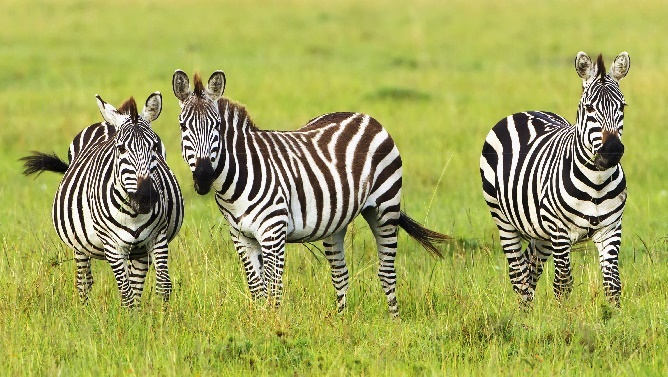Key Concepts
Any living organism taxonomically assigned to the classification kingdom known as Animalia. Members of the kingdom Animalia—that is, animals (see illustration)—possess certain characteristics that distinguish them from organisms belonging to the other kingdoms—Plantae, Fungi, Protista, and Monera (in certain systematic schemes, the Monera kingdom is replaced by the Archaea and Bacteria kingdoms). However, there is no single criterion that can be used to distinguish all animals from all other organisms. Unlike plants, for example, animals usually lack chlorophyll and the ability to manufacture foods from raw materials available in the soil, water, and atmosphere. Animal cells are usually delimited by a flexible plasma or cell membrane rather than a cell wall composed either of cellulose or chitin, as are the cells of most plants. Animals generally are limited in their growth, and most have the ability to move in their environment at some stage in their life history. See also: Animal kingdom; Cell membrane; Chlorophyll; Plant; Plant kingdom

The grouping of living organisms into kingdoms continues to undergo revision. Previously, biologists used only two groups, the Animalia and the Plantae, based on the large, familiar organisms then known to them. The discovery of microorganisms, such as bacteria and viruses, introduced difficulties for this simple scheme. Thus, modern-day biologists recognize five or six kingdoms (as mentioned previously), but often with considerable differences of opinion. See also: Taxonomic categories; Taxonomy
Zoology is the science that deals with knowledge of animal life. Animal evolution is another important area of research, being concerned with the processes of biological and organic change in animals by which descendants come to differ from their ancestors. See also: Animal evolution; Zoology





